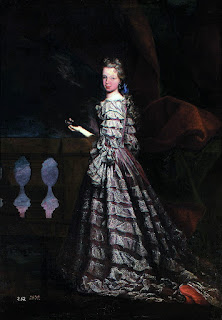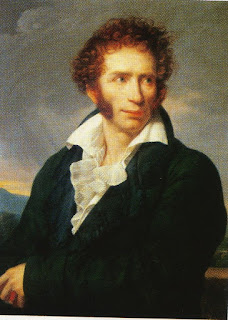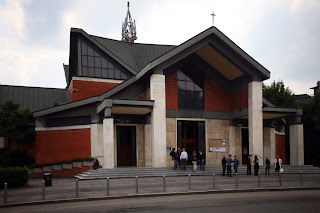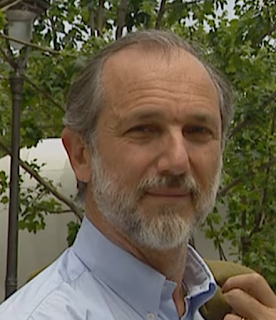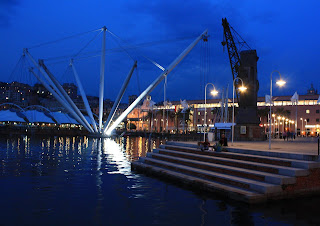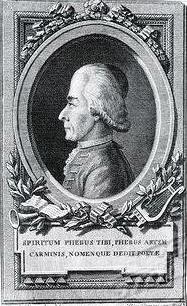Fiery leader of separatist Lega Nord
 |
| Umberto Bossi founded Lega Nord in 1991 |
Controversial politician Umberto Bossi was born on this day
in 1941 in the town of Cassano Magnago in Lombardy.
Until 2012, Bossi was leader of Lega Nord (Northern League),
a political party whose goal was to achieve autonomy for northern Italy and establish
a new independent state, to be called Padania.
With his distinctive, gravelly voice and penchant for fiery,
sometimes provocative rhetoric, Bossi won a place in the Senate in 1987 representing his original party, Lega Lombarda. He was dismissed as an eccentric by some in
the political mainstream but under his charismatic leadership Lega Nord became
a force almost overnight.
Launched as Alleanza Nord in 1989, bringing together a
number of regional parties including Bossi’s own Lega Lombarda, it was renamed
Lega Nord in 1991 and fought the 1992 general election with stunning results.
With an impressive 8.7% of the vote, Lega Nord went into the
new parliament with 56 deputies and 26 senators, making it the fourth largest
party in Italy.
By 1996 that share had risen to 10% and Bossi had become a
major figure in Italian politics.
Three times he was Silvio Berlusconi’s key ally, helping the
former prime minister win power in 1994, 2001 and 2008 - and lose it in the first instance, when his withdrawal of support for Berlusconi’s centre-right
Forza Italia-led coalition brought about the government's collapse.
 |
| Bossi had a reputation for provocative speeches |
Despite that, Bossi served in the next two Berlusconi governments as a minister. In time, he
accepted that a secession from Italy was an unrealistic ambition, but he
continued to press for greater autonomy for the northern regions and extracted
promises from Berlusconi in return for his support.
He was Minister for Institutional Reforms and Devolution
from 2001 to 2004 and Minister of Federal Reforms from 2008 to 2011.
Bossi may well have become an even bigger figure on the
Italian political stage had he not suffered a serious stroke in 2004, a setback
from which he ultimately recovered but which
cost him considerable momentum. Shortly
before the illness, he had become a member of the European Parliament.
He resigned as general secretary in 2012, having become
embroiled in a financial scandal, with accusations levelled at him by
prosecutors that he misappropriated funds directed to Lega Nord through the
Italian tax system.
Bossi had become interested in politics while at the
University of Pavia, where he studied medicine, through a meeting with Bruno
Salvadori, leader of the centre-left Valdostan Union party. During this time he also had a brief flirtation with a music career, performing as a singer-songwriter under the name of Donato.
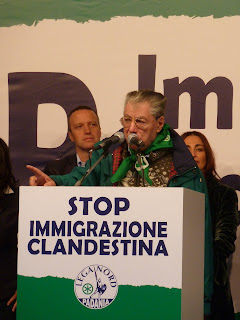 |
| Advancing years and the effects of a stroke did not stop Bossi campaigning |
His own political motivations were quite narrow, driven by
the perception that the rich north is burdened with subsidising the poorer
south. In 1982, the autonomist Lega
Lombarda was born. Lega Nord emerged
from alliances made with similar movements in Veneto and Piedmont, driven by
calls to break away from Rome and build a new country called Padania.
Most of Bossi’s firebrand speeches at the time depicted the
south of Italy and the capital, Rome – which he dubbed ‘Roma ladrona’ or ‘thieving
Rome’ – as a black hole of corruption and waste, relentlessly eating up the
taxes of hard-working, decent northerners. He and his fellow Lega Nord politicians
brazenly pandered to the pockets of old-fashioned contempt for southerners
that still existed in the north of the country.
Apart from southerners, targets for Bossi’s ire included the
European Union, which he once described as a "the Soviet Union of the West”,
while his outspoken comments on homosexuality and immigration provoked at times
fierce reactions.
Married with four children, Bossi voluntarily stepped down
as leader during the 2012 investigation, claiming he was doing so “for the good
of the party”. He was immediately made
Lega Nord’s honorary president.
 |
| Lega Nord supporters gathered in Venice as Bossi made his 1996 'declaration of independence' from a floating pontoon |
Travel tip:
Despite the sense of theatre attached to as Umberto Bossi’s symbolic
‘declaration of independence’ for Padania at a rally of green-shirted
supporters in Venice in 1996, the ‘country’ of Padania has never existed as anything
other than a geographical or socio-economic term to describe the area that
encompasses Val Padana – the Po Valley. There
is some evidence also that Padanian was a term once used to group languages
spoken by population groups north of a line linking La Spezia in Liguria with
Rimini on the Adriatic coast. Bossi’s
Lega Nord tended to define Padania as a broad area of northern Italy consisting
of Veneto, Emilia-Romagna, Lombardy, Piedmont and Liguria.
 |
| A view over the rooftops of Cassano Magnago |
Travel tip:
Bossi’s home town of Cassano Magnago is situated about 20km
(12 miles) south of Varese in Lombardy, adjoining the city of Gallarate and
close to the Valle del Ticino national park.
The area is said to have been populated since around 500BC and there is
evidence that it held a strategic position and was the scene of a battle during
the Roman conquest of Milan in 225BC. Apart from being Bossi’s birthplace, it
is the home of the 18th century sculptor Giovanni Battista Maino and
the two-times Giro d’Italia winner Ivan Basso.





